It’s the biggest debate in the off-road world: the visceral roar of a two-stroke versus the silent surge of a lithium-ion battery. We’re cutting through the tribalism to give you the real, data-driven expert breakdown.
In the world of off-road riding, no debate is more passionate, more tribal, than gas versus electric. To the traditionalist, the symphony of a finely-tuned engine, the smell of pre-mix, and the ritual of a kick-start is the very soul of the sport. To the modern pioneer, the instant, silent torque of an electric motor and the promise of a maintenance-free future is an undeniable leap forward.
So, who is right?
At Vecharged, we believe that’s the wrong question. This isn’t about which technology is “better” in a vacuum. It’s about which is the right tool for the right job, for the right rider.
This is a decision that involves both the head and the heart. So we’re going to break it down for both. First, we’ll cover the “feel”—the intangible, visceral experience of riding. Then, we’ll dive into the “reel”—the hard data in a direct, head-to-head comparison.
The “Feel”: A Tale of Two Experiences
- The Gas Experience (The Visceral Connection): A gas dirt bike is a living, breathing machine. You feel the engine’s vibrations through the handlebars, you learn to work the clutch and gears to stay in the powerband, and the roaring sound is a constant source of feedback. For many, the mechanical connection and the ritual of maintenance—cleaning air filters, changing oil—is a deeply satisfying part of the ownership experience.
- The Electric Experience (The Telepathic Connection): An electric dirt bike is an instrument of pure focus. With no engine noise, you hear everything else—the tires gripping the dirt, the suspension working, the sound of the wind. With no gears or clutch, the throttle response is instantaneous and telepathic. It’s a simpler, more direct connection between rider and trail, offering a stealthy and immersive way to experience the outdoors.
The “Reel”: The Data-Driven Showdown
Here’s how Gas and Electric stack up in the categories that matter most.
| Feature | Gas Dirt Bike | Electric Dirt Bike | The Expert Take |
| Power Delivery | Builds power in a rev range. Requires skill with clutch/gears. | Instant torque from 0 RPM. Massive, immediate acceleration. | Winner: Electric. For pure, explosive, and accessible power, nothing beats the instant torque of an electric motor. |
| Maintenance | Frequent: Oil changes, filter cleaning, top-end rebuilds, etc. | Virtually none: Charge the battery, check tire pressure, lube the chain. | Winner: Electric. This isn’t a comparison; it’s a knockout. The lack of engine maintenance is a game-changing advantage. |
| Ride Duration | 2-3 hours of hard riding. Refuel in 2 minutes at any gas station. | 1-3 hours of hard riding. Recharge in 3-5 hours from a wall outlet. | Winner: Gas. The ability to refuel in minutes gives gas bikes a massive advantage for long-distance, all-day rides away from a power source. |
| Weight & Handling | Lighter for the same performance class. | Heavier due to the battery, but the weight is low and centered. | It Depends. A gas bike is lighter overall, but an electric bike’s low center of gravity can make it feel more planted and stable in corners. |
| Sound & Impact | Loud. May be restricted in some public areas and near neighborhoods. | Virtually silent. Opens up new riding areas and is very neighbor-friendly. | Winner: Electric. The silent operation is a superpower, allowing you to ride in more places with a much lower environmental impact. |
| Long-Term Cost | High ongoing costs for fuel, oil, and engine parts. | Very low ongoing costs. Electricity is far cheaper than gasoline. | Winner: Electric. After the initial purchase, the “fuel” and maintenance costs for an electric bike are a tiny fraction of a gas bike’s. |
Who is This For? Three Riders, Three Perfect Choices
To make this practical, let’s look at three common types of riders.
1. The Motocross Competitor
- The Need: This rider needs to race in established classes at official tracks, where the infrastructure—from the starting gate to the fuel cans—is built around gas bikes. They need a proven, lightweight machine for 30-minute motos.
- The Verdict: Gas (for now). While bikes like the Stark Varg are challenging the throne, the racing world is still dominated by gas infrastructure.
2. The Backyard & Trail Explorer
- The Need: This rider has a few acres of land or nearby trails. They have neighbors who don’t want to hear a two-stroke engine screaming all afternoon. They want to get on the bike for a fun hour or two without a complex starting ritual.
- The Verdict: Electric. The silent operation is a massive win for keeping peace with the neighbors. The “just get on and go” nature and lack of maintenance make it the perfect choice for hassle-free fun.
3. The Parent of a New Rider
- The Need: A parent wants to get their child into the sport safely. They are nervous about a hot engine, a complex clutch, and constant maintenance.
- The Verdict: Electric. Models like the Razor MX series are perfect. There are no hot exhaust pipes to burn legs, no gears to worry about, and the power is gentle and predictable. It’s the safest and most approachable way to learn.
Conclusion: A Choice of Heart and Head
There is no single “winner” in the battle between gas and electric. There are only trade-offs. The choice you make is a reflection of what you value most: the visceral, mechanical soul of a gas engine, or the silent, efficient, and direct power of an electric motor.
The best part? We now live in an era where you have that choice. The future of off-road riding is not about one technology replacing the other; it’s about a richer, more diverse world with a perfect bike for every single rider.

Suhas Shrikant is the founder of Vecharged and an engineering enthusiast specializing in high-power off-grid solar systems. He has designed and built over a dozen custom systems and uses his hands-on, field-tested experience to create Vecharged’s expert guides and reviews.

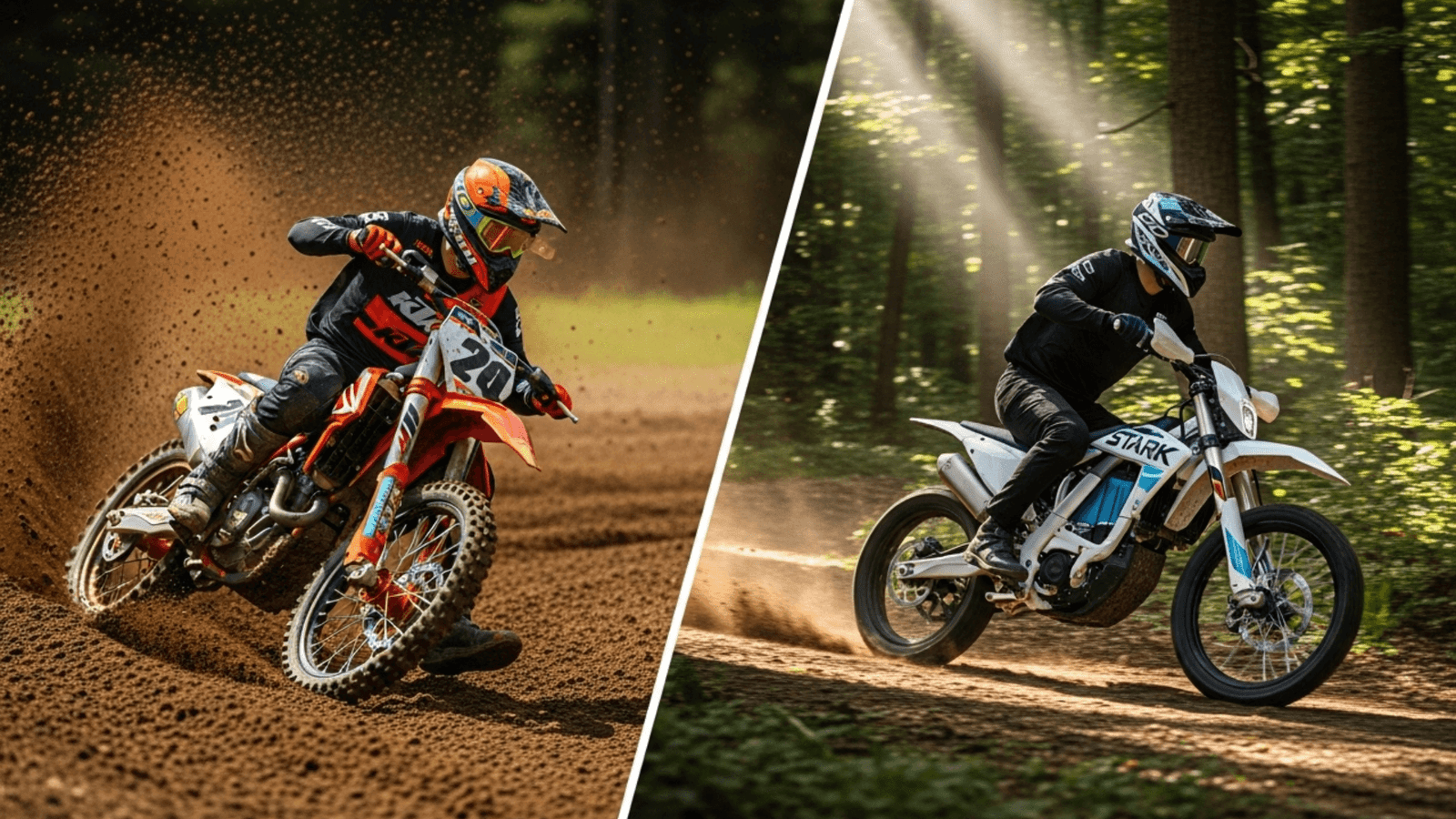
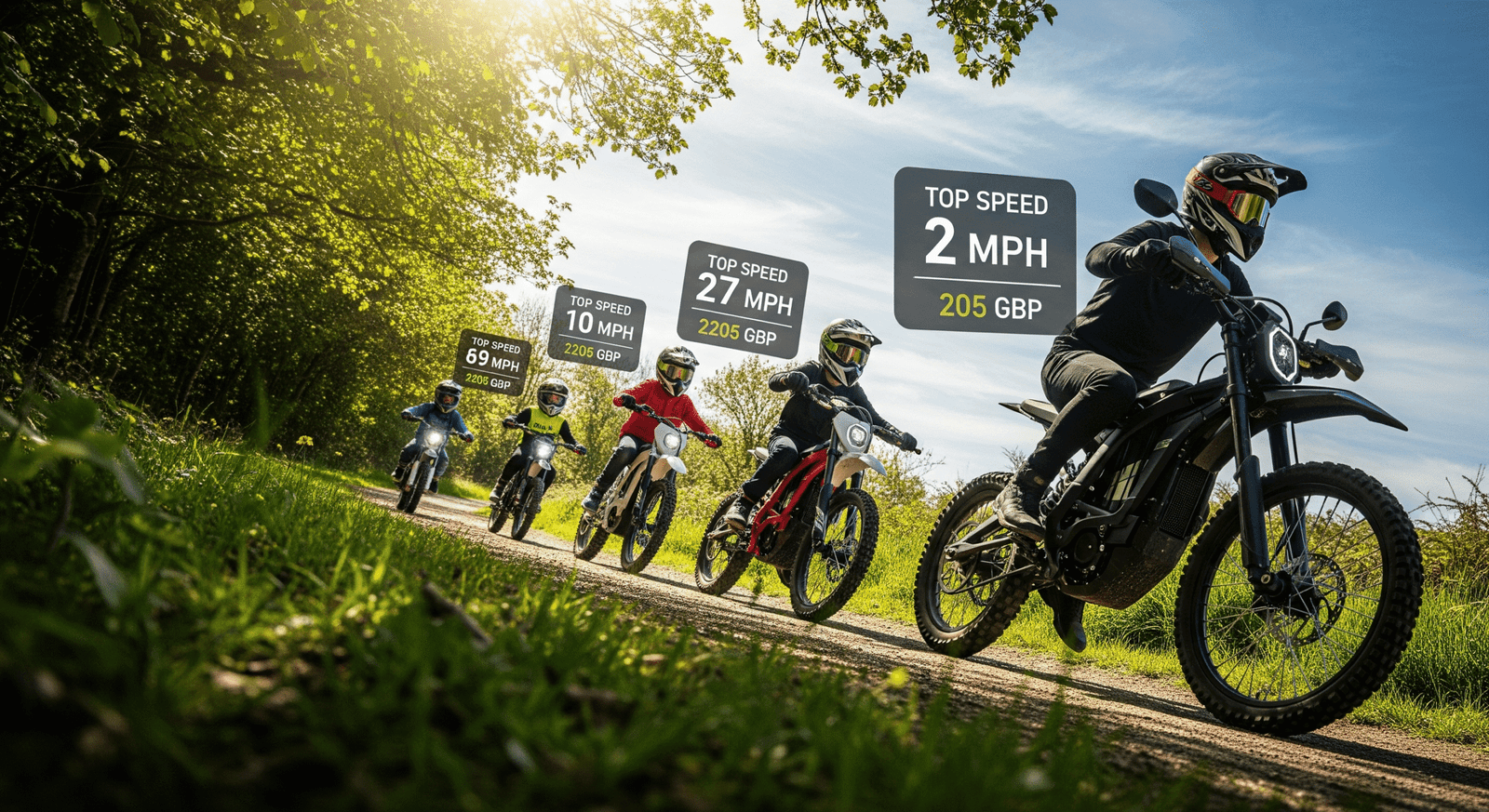
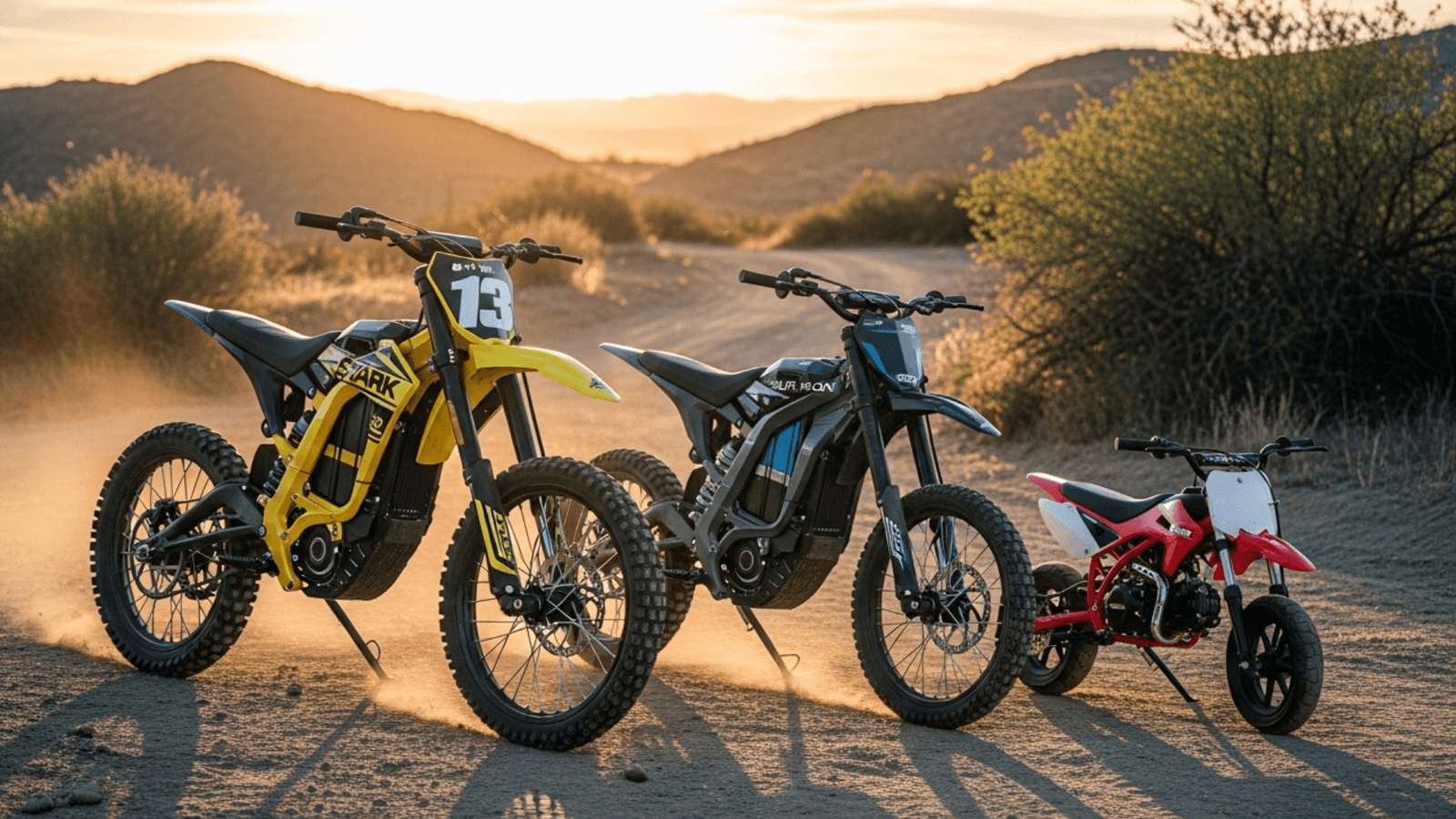
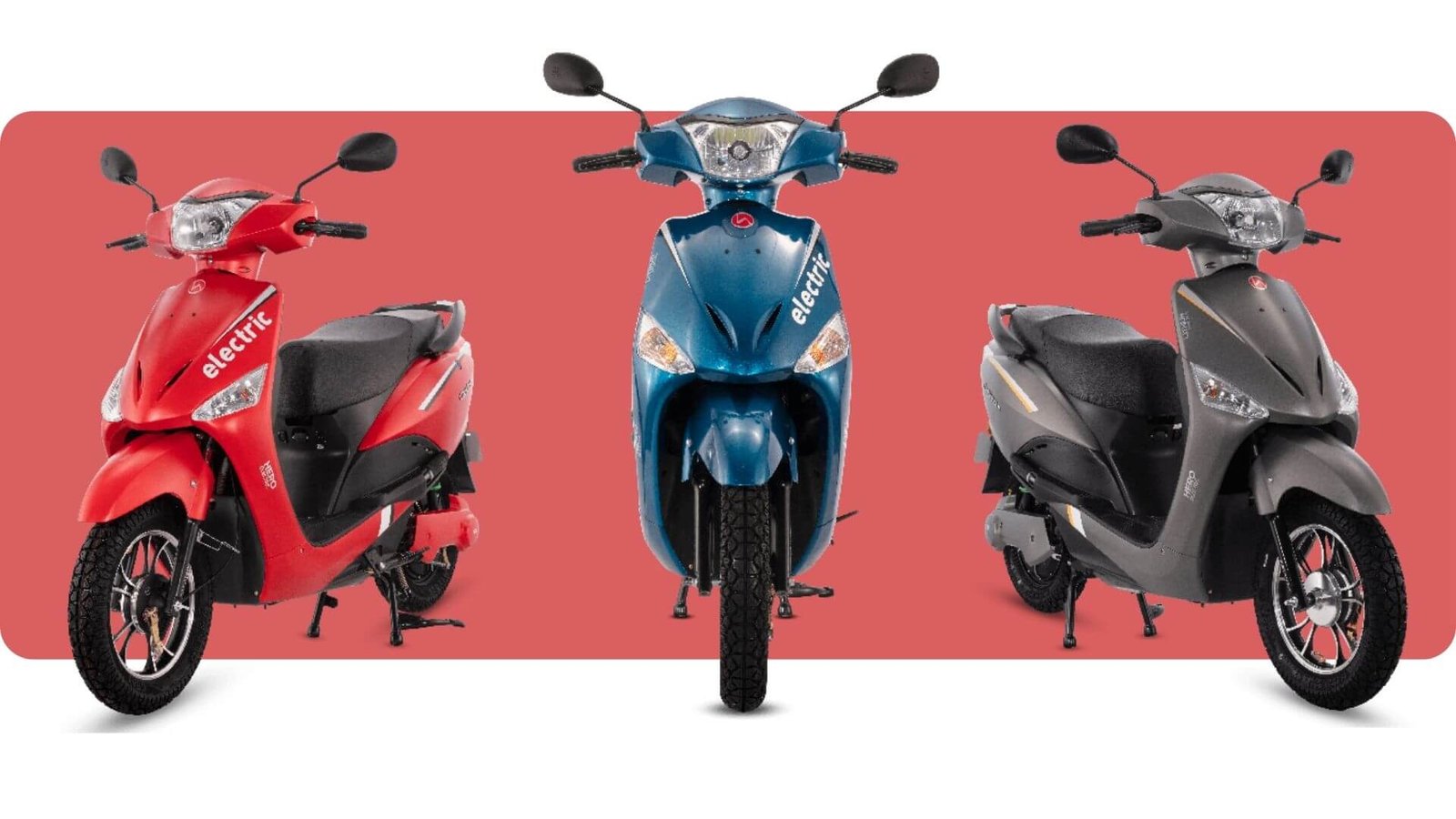

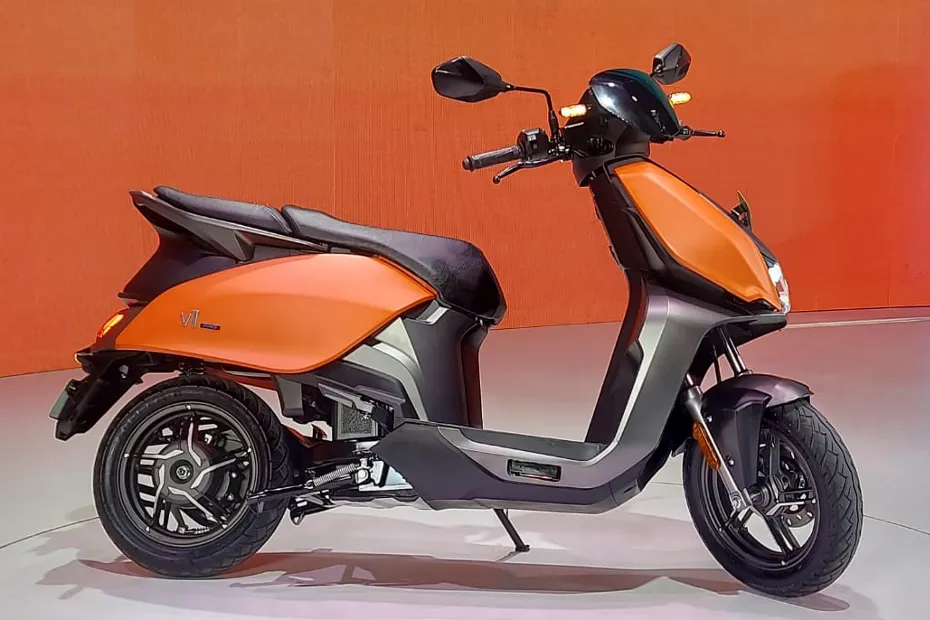
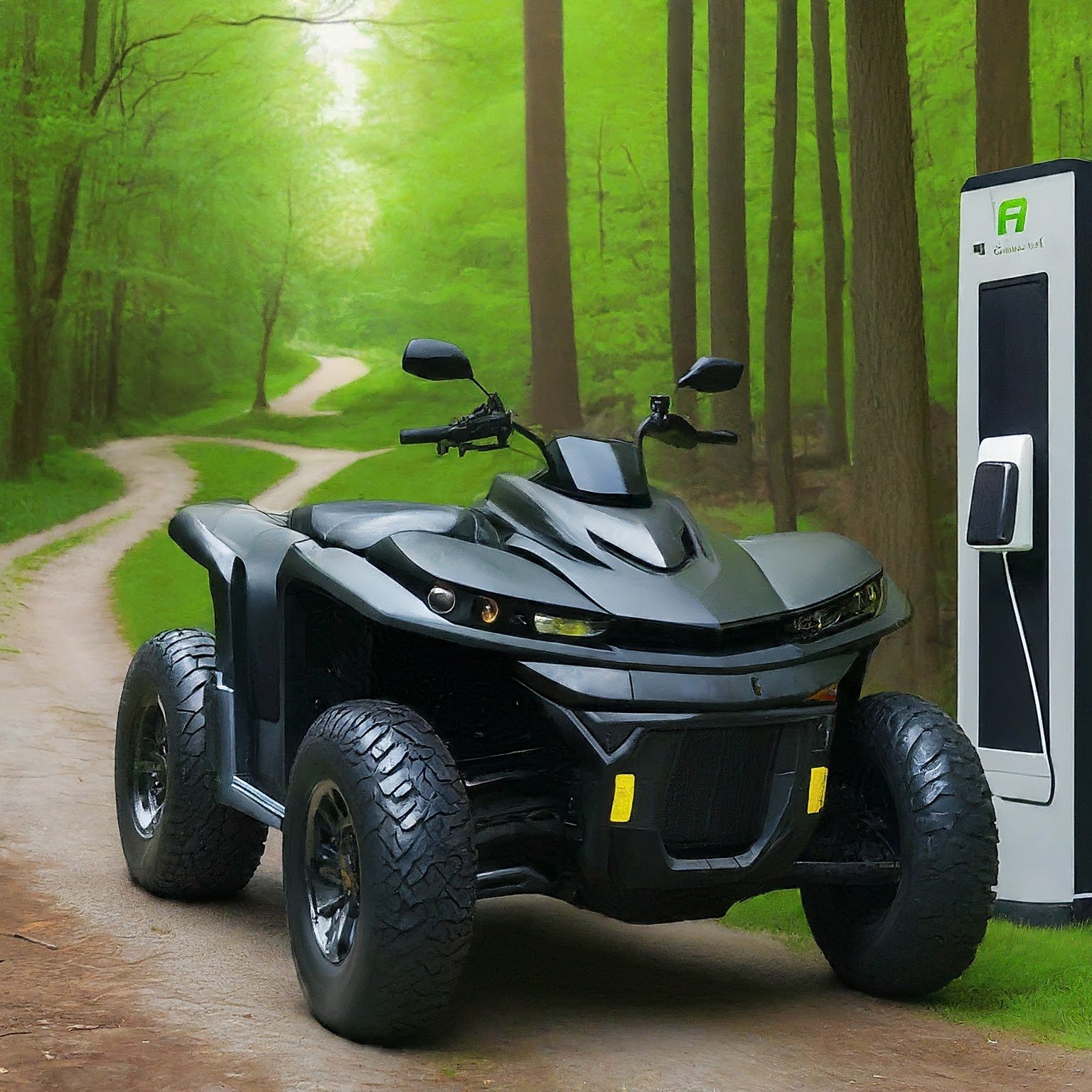

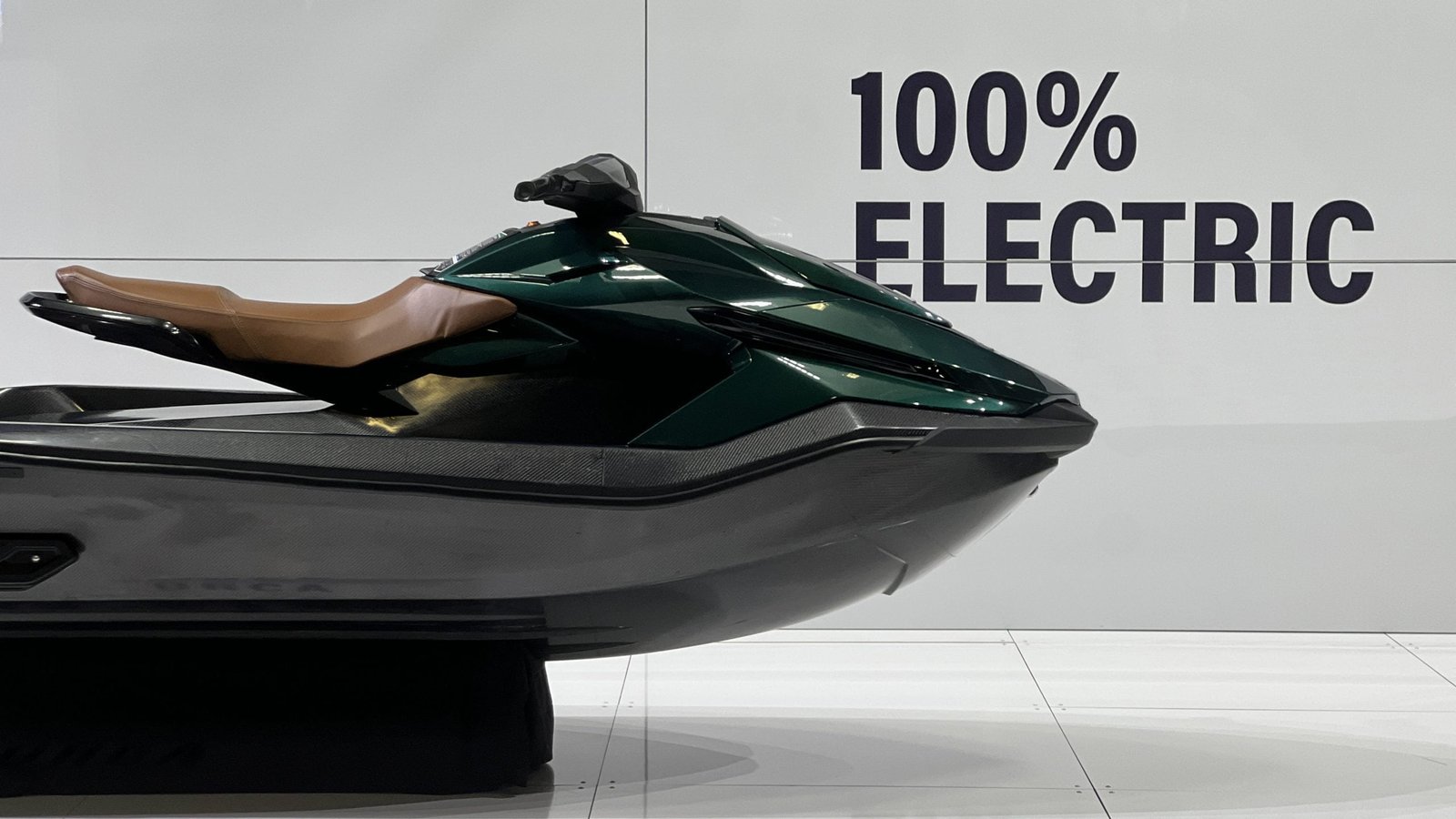


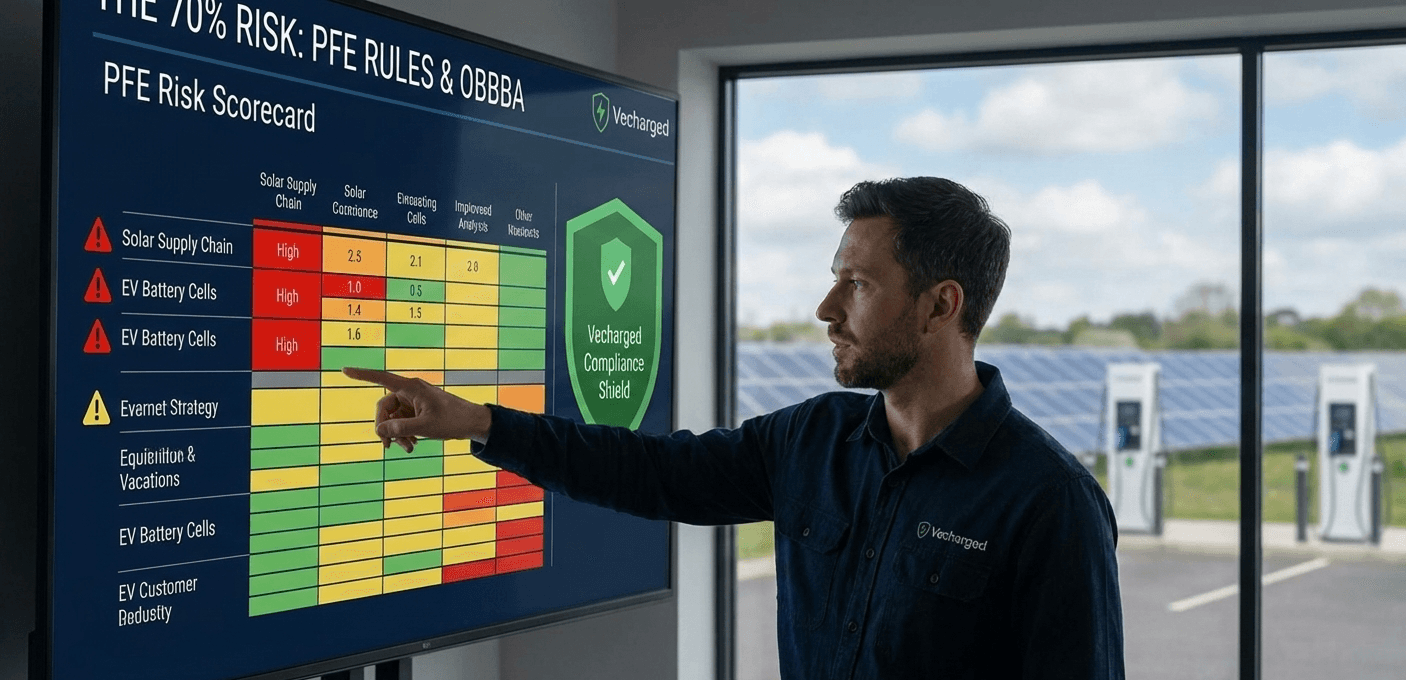

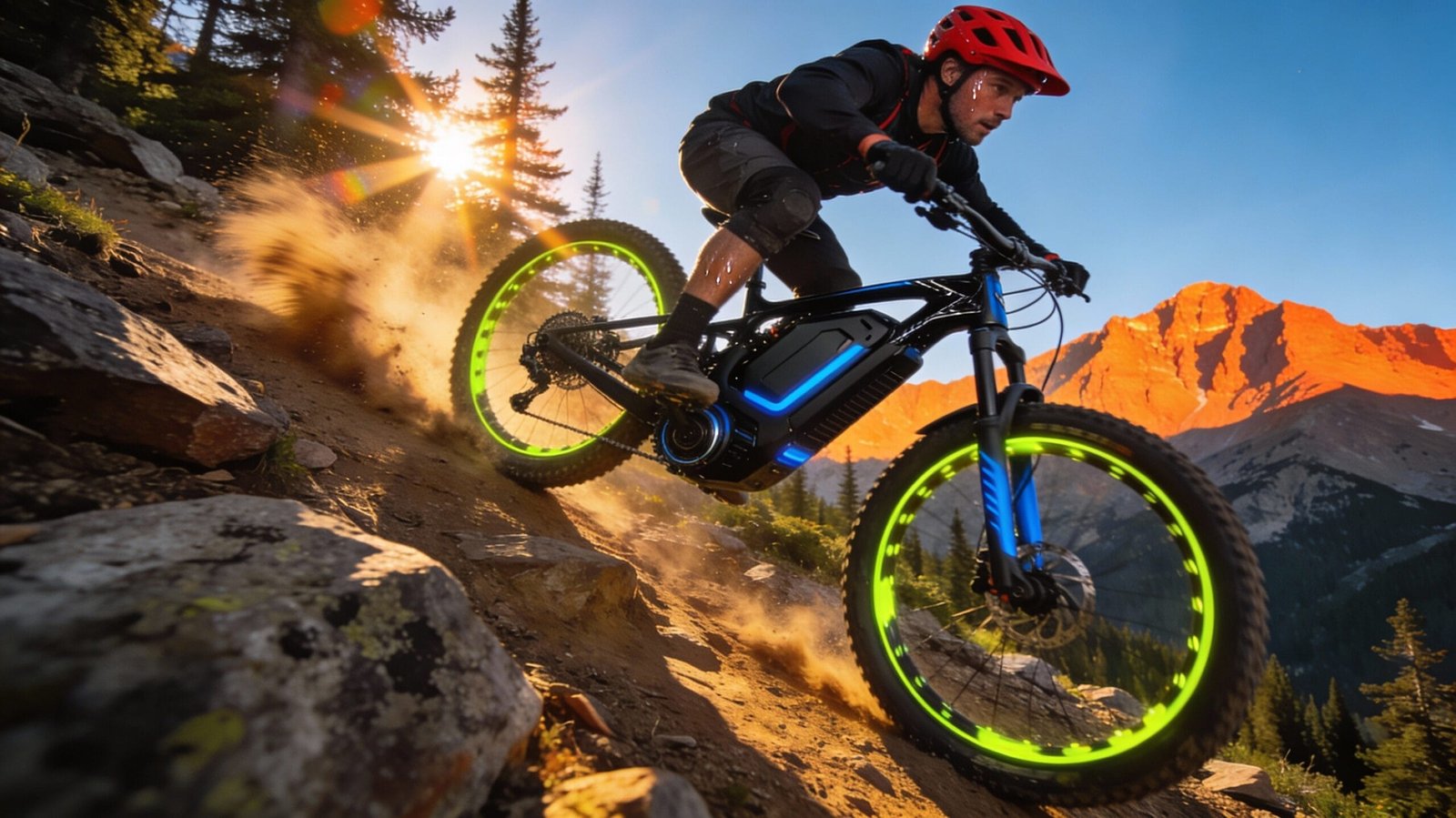

[…] For a deeper dive into how these categories stack up against their gas-guzzling cousins, read our complete guide to Gas vs. Electric Dirt Bikes. […]